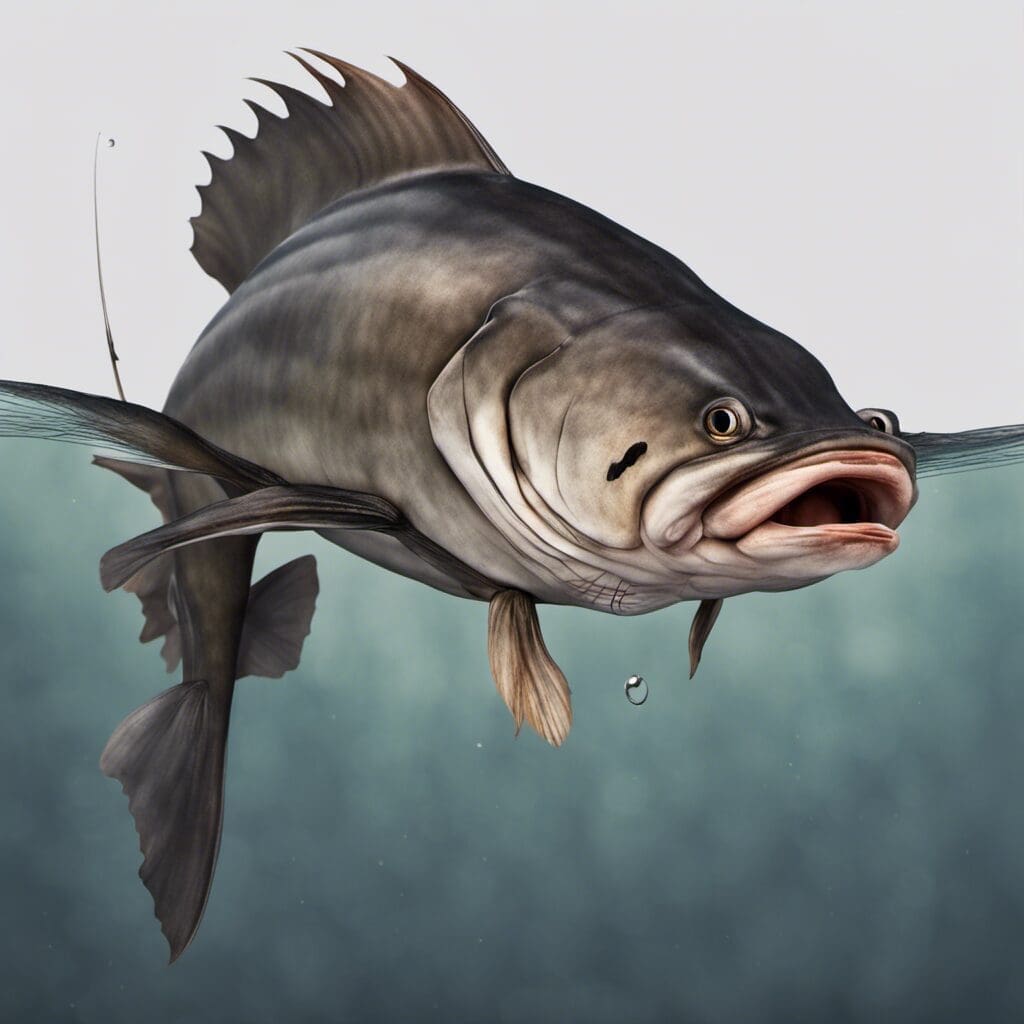Introduction
The Hardhead Sea Catfish, scientifically known as Ariopsis felis, is a species belonging to the family Ariidae. Renowned for their toughness, these catfish are a popular catch among anglers.
Conservation Status
The Hardhead Sea Catfish is listed as a species of “Least Concern” by the International Union for Conservation of Nature because of its wide distribution and presumed large overall population. Conservation efforts are minimal due to its relatively stable status.
Statistics
| Attribute | Average | Range |
|---|---|---|
| Length | 17 inches | 10-24 inches |
| Weight | 2 lbs | 1-3 lbs |
| Average Lifespan | 15 years |
Distribution
The Hardhead Sea Catfish is abundantly found in the western Atlantic Ocean, particularly from Cape Cod to Southern Mexico. They are migratory, moving offshore and southward during the colder months.
Habitats
The Hardhead Sea Catfish predominantly inhabits brackish and saltwater environments and is often found in bays, estuaries, and nearshore waters. They thrive in a depth range above 200 meters and a temperature span between 20 to 30 degrees Celsius.
When and Where to See
They can be seen most during the warmer months when they move closer to the shore. Their active hours are usually at dusk and dawn.
Best Fishing Locations
Some of the top spots to catch Hardhead Sea Catfish include:
- Gulf of Mexico, USA
- Galveston Bay, Texas, USA
- Bay of Campeche, Mexico
- Florida Keys, USA
- Cape Hatteras, North Carolina, USA
When specific known spots are unavailable, targeting sandy or muddy bottoms near bridges and docks is advisable.
How to Catch
Use shrimps, cut baits, or worms as preferred bait. Bottom fishing is an effective method. The best time to catch them is at dusk or dawn during the warmer months.
Identification Guide
They have bluish back, silver sides, and a white belly. Notable are their long, sharp spines on the dorsal and pectoral fins. Compared to similar species, they have a more pointed head and darker coloring.
Culinary
Hardhead Sea Catfish has a mild taste with a flaky texture. Grilled, deep-fried, or served in a chowder are popular cooking methods. They offer substantial protein and healthy omega-3 fatty acids.
Additional Information
These catfish are opportunistic feeders, consuming a variety of crustaceans, fishes, and mollusks. Their predators include larger fishes and humans. They contribute to local economies through commercial fisheries and sport fishing.
References and Further Reading
For further reading and more detailed information, consider consulting:
- Marine Species Identification Portal: Ariopsis felis – Hardhead Sea Catfish
- Fishbase – Ariopsis felis
- “Fishes of the Gulf of Mexico, Vol. 2” by H. Dickson Hoese and Richard H. Moore

